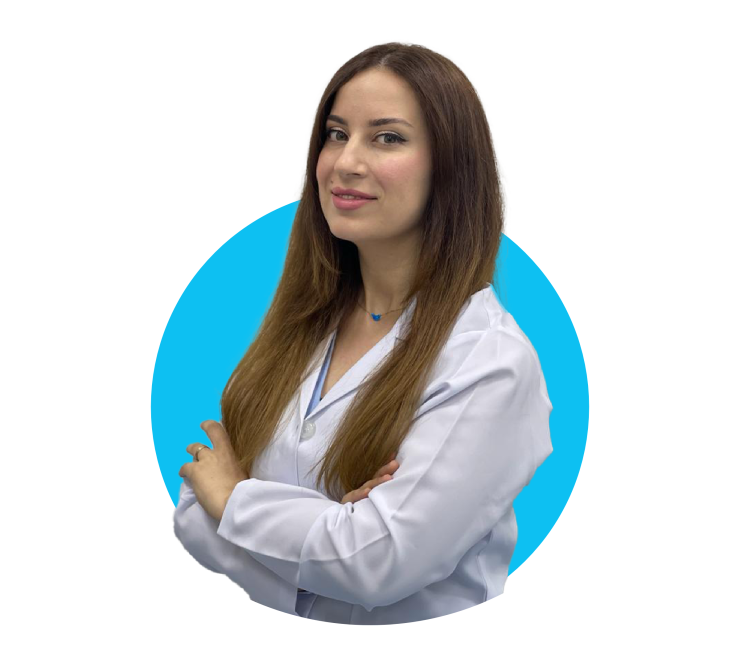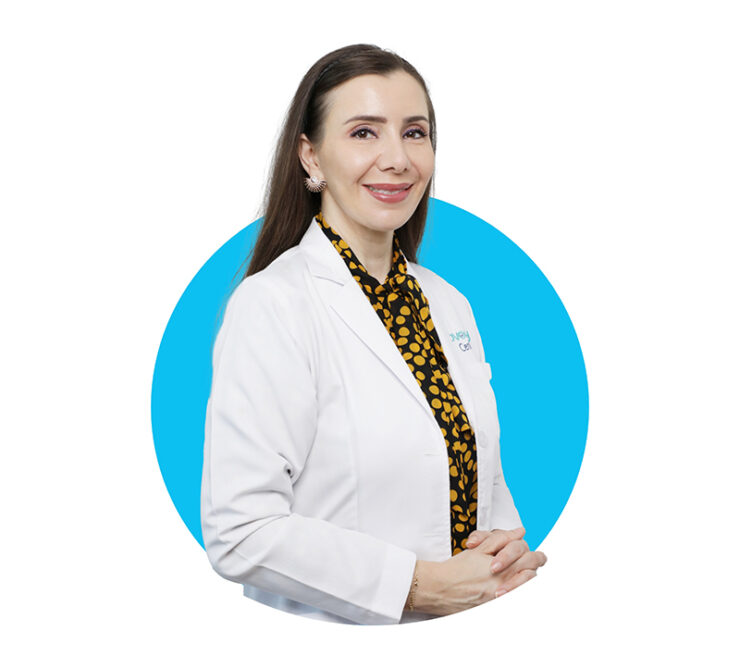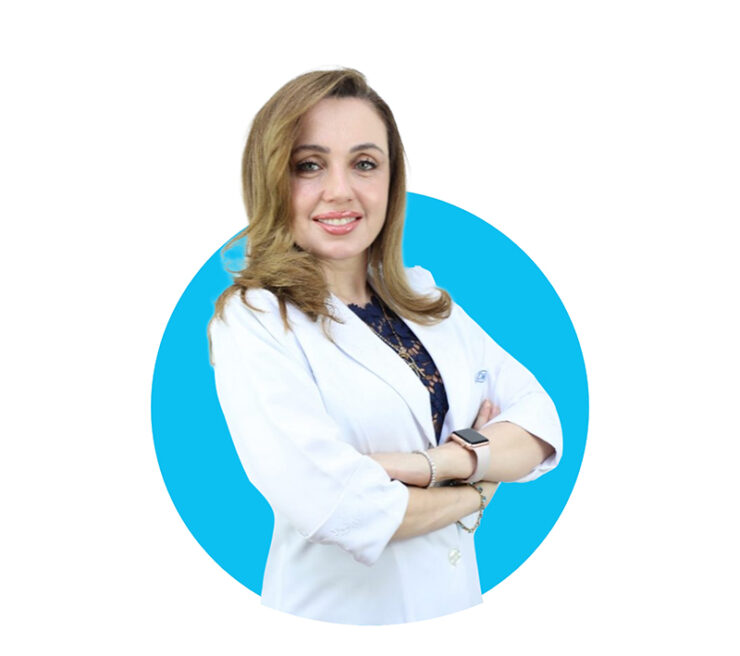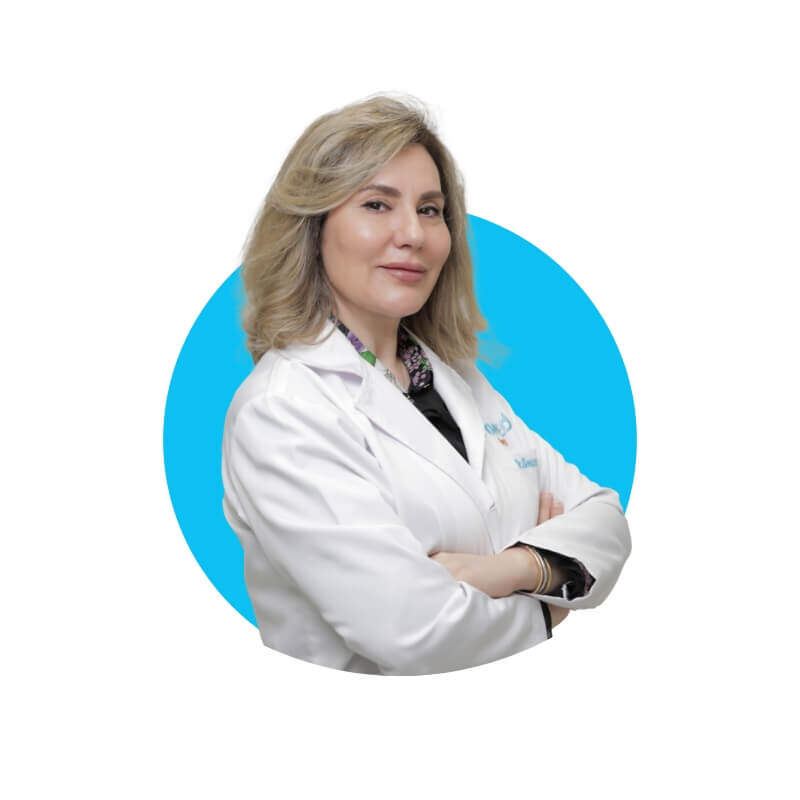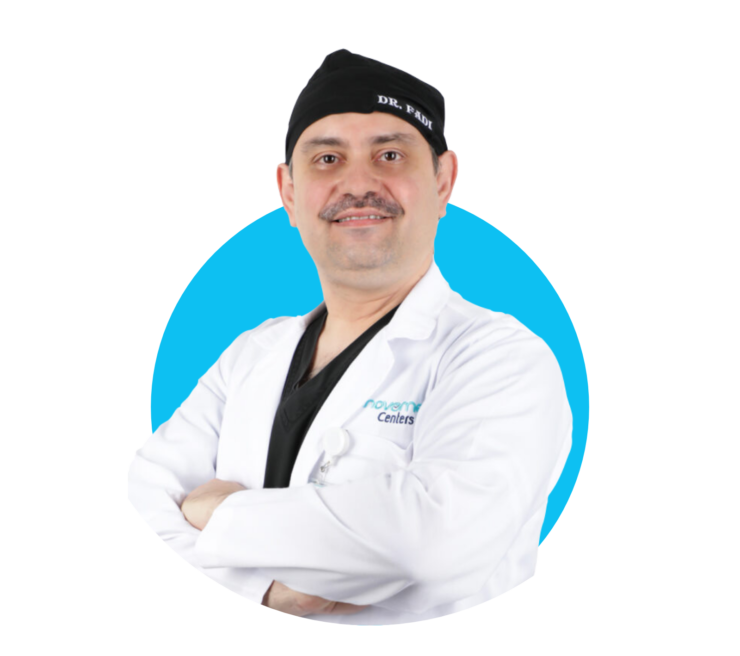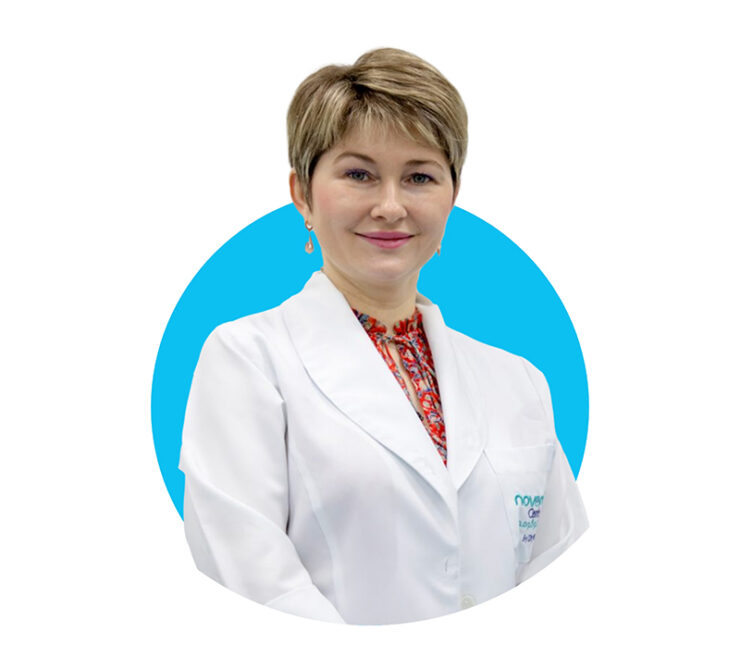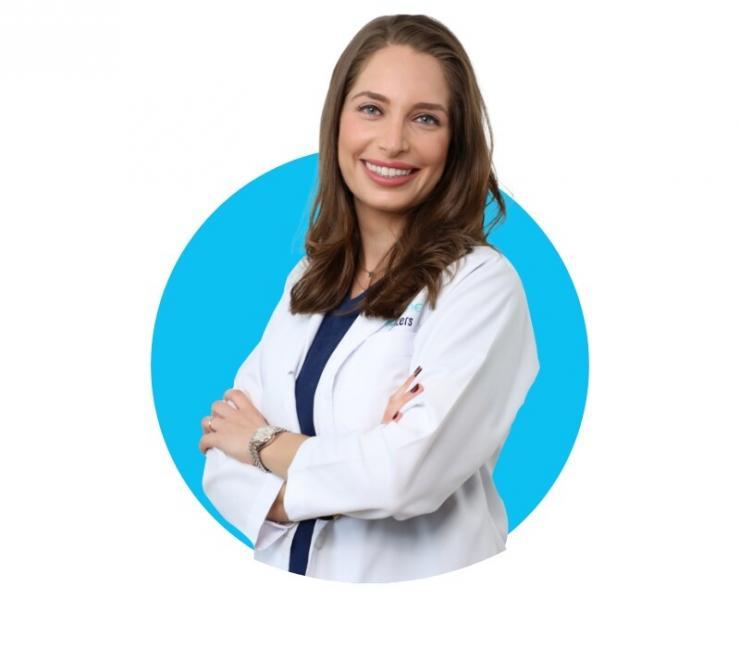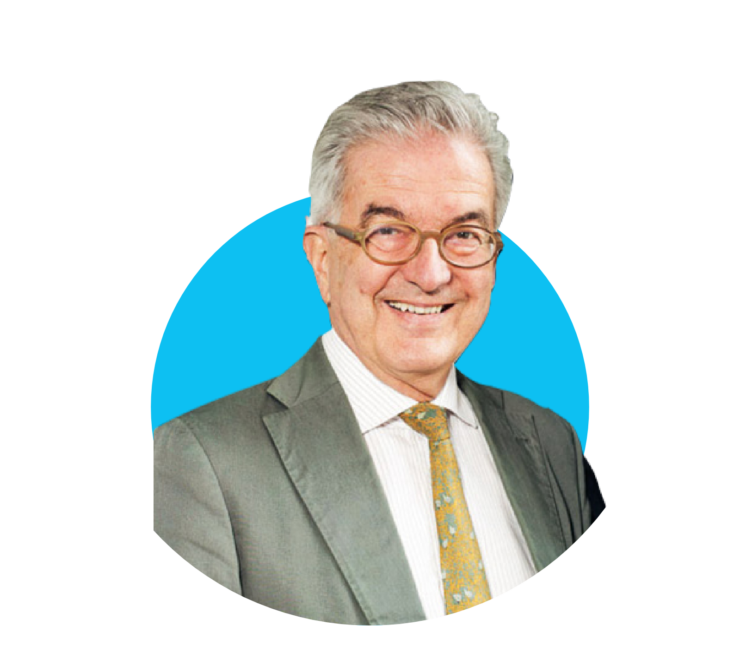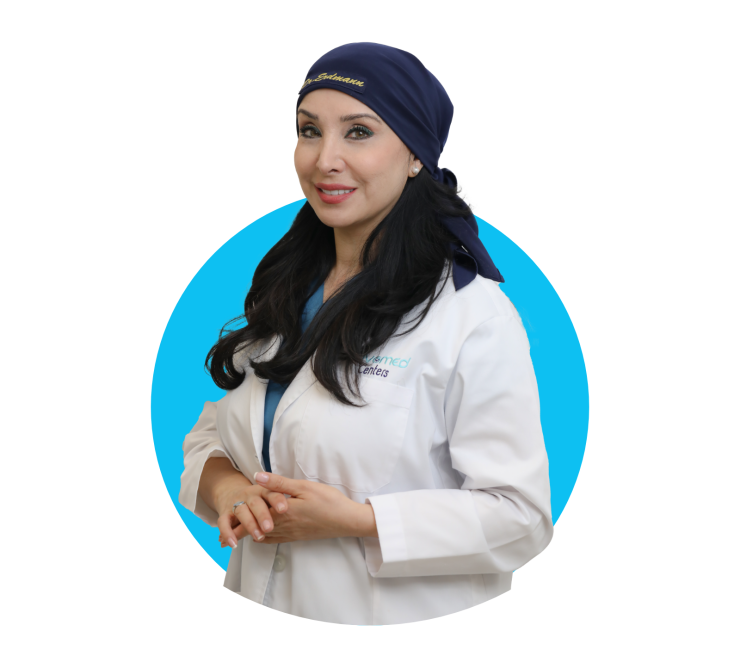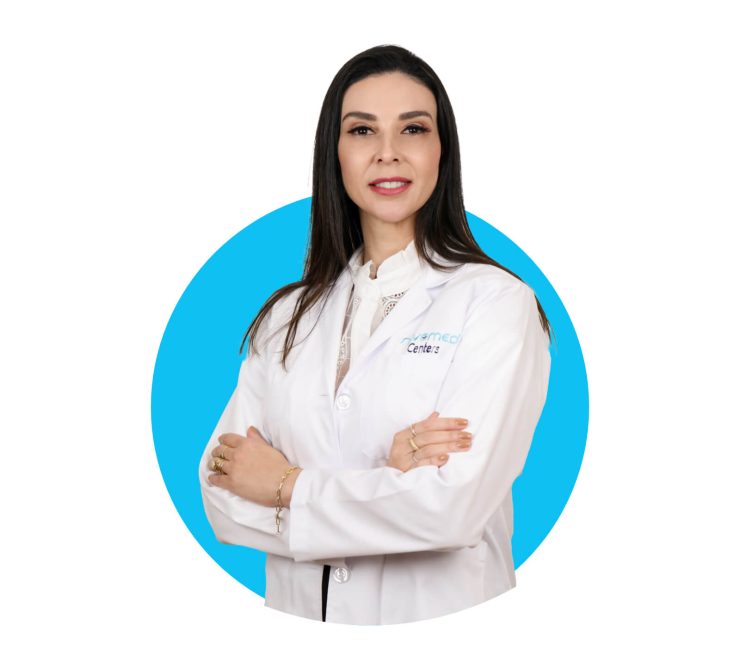Rosacea Treatment in Dubai, Abu Dhabi and Al Ain
Rosacea causes redness on your nose, chin, cheeks and forehead and is common in people over 30. Sometimes the redness is accompanied by small bumps or pimples on the skin’s surface. Rosacea can also cause burning, sore eyes. No definitive cause has been identified, but certain factors make it worse. Common triggers for a flare-up include exposure to sun and wind, exercise, spicy food and alcohol, stress, and hot baths and weather. While there is no cure, treatment can help your skin look and feel better and also stop it getting worse. Treatments include anything from medication to laser treatments.
Risk factors for rosacea include:
- Age: most sufferers are between 30 and 50 years at onset
- Coloring: light-skinned people with blonde hair and blue eyes are more prone to the condition
- Genetics: Sufferers are likely to have a relative with rosacea or severe acne
- Acne: Sufferers have often previously had acne cysts and/or nodules
Symptoms
The symptoms vary from person to person and according to the type of rosacea they have:
Erythematotelangiectatic rosacea: Flushing, red skin with visible blood vessels
Ocular rosacea: As the name suggests, this affects the eyes, which can be red and irritated, while the eyelids can be swollen and the person may appear to have a sty
Papulopustular rosacea: Swelling, redness, and acne-like breakouts.
Phymatous rosacea: Thickened skin with a bumpy texture.
When to see a doctor
A dermatologist will be able to help you manage your condition, so it is advisable to make an appointment if you suspect you have rosacea. The symptoms can often make you feel self-conscious so it is worth getting treatment, and it is also important to get a diagnosis to ensure that you are not suffering from a disease with symptoms similar to rosacea.
You should also monitor the condition and be sure to see a doctor if it gets worse. For example, if you develop pimples, bumps or visible blood vessels, your condition could be getting worse and you should get help before it gets more serious.
In addition, if you have ocular rosacea, it is important to get it seen to as, left untreated, these symptoms could potentially result in serious damage to your eyes.
See also the special precaution below – you need to check that you do not develop advanced rhinophyma, which could leave you with a permanently large, bumpy, red nose.
Diagnosis & Treatment
To assess and diagnose rosacea, our dermatologist will examine your skin and your eyes, and also ask you some questions. She may also want to rule out any other medical condition that could be causing your symptoms. Medical tests can help rule out conditions such as an allergic skin reaction, lupus, etc.
If you are diagnosed with rosacea, our dermatologist will discuss all the treatment options with you. While treatments cannot cure rosacea, they can help to
- Minimise or reduce the signs of rosacea
- Alleviate any discomfort
- Prevent your condition from getting worse
A combination of treatments tailored to treat your condition will be recommended. This will probably include avoiding triggers, using adequate sun protection, how to make the condition less visible, and advice on skin care and products. In addition there are laser and other light-based treatments as well as prescription ointments that can help.
Special precautions
Rosacea sufferers need to pay careful attention to their facial skin, particularly on your nose, to monitor any changes. If you notice that your skin is thickening or you have developed firm, rounded bumps, you need to visit your dermatologist again.
Changes to the skin on the nose, eyelids, chin, forehead or ears are called phyma. The earlier this is diagnosed the easier it is to treat. If it is caught early enough, you may be able to treat it with medication. The longer you leave it though, the more likely you will need surgery to remove the thickened skin.

